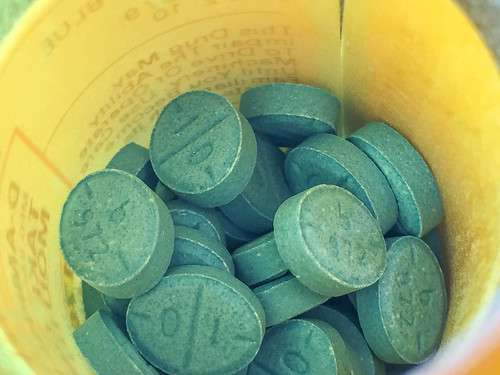
With the rise of drug information websites and apps, drug color is becoming more important than ever before. Image Source: Pexels user Karolina Grabowska
In 2013, the Mayo Clinic released a study revealing that 70% of Americans were prescribed at least one prescription medication in the previous year, 50% were prescribed two or more medications, 20% took five or more different drugs. Furthermore, “the percentage of people who took at least one prescription drug in the past month increased from 44 percent in 1999-2000 to 48 percent in 2007-2008.”1 The reasons for this increase in prescription drug use are multiple and complex, representing factors such as the increased availability of effective medications, an aging population, and a growing willingness to seek treatment for historically stigmatized or under-recognized conditions such as depression and ADHD. In fact, antidepressants represented a full 13% of annual prescriptions and use of ADHD medications have increased by 53% between 2008 and 2012.2
As reliance on prescription pharmaceuticals for the treatment of both long and short-term medical conditions grows, so too does the need for vigilance regarding accurate prescription and drug use practices. With the advent of internet and mobile technologies, a number of drug information websites and apps have been developed to give patients the information they need to understand and identify prescription medications. Although pharmaceutical companies have long understood the importance of color in shaping perception and facilitating adherence, these websites and apps are making accurate drug color more important than ever.

Drug color facilitates drug identification and can help patients confirm that the drug they receive is the drug they are supposed to be taking. Image Source: Flickr user Carsten Schertzer


